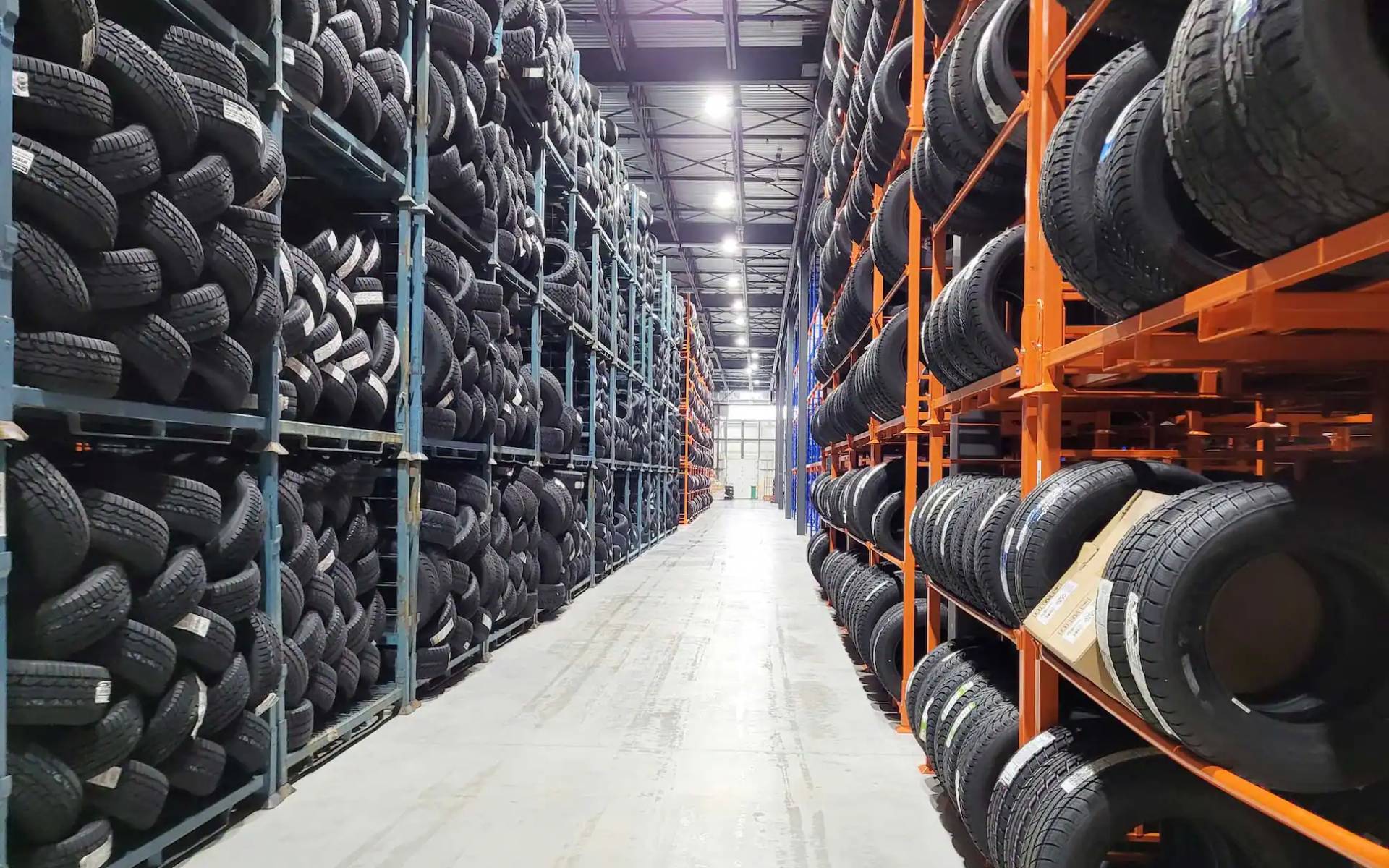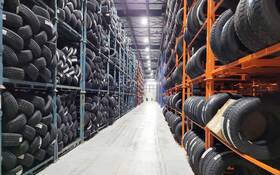Winter Tires to Cost Way More This Year
Winter tires coming from Asia will likely cost 10-15 percent more this year due in part to ongoing global shipping challenges.
“We’re going through a perfect storm,” says David Giguère, Vice President at Groupe Touchette. “After COVID-19, production halts and the increased costs of materials, we must now deal with shipping problems. And consumers will most definitely have to pay higher prices as a result.”
- Also: Michelin Plans to Make Tires From Recycled Plastic Bottles
- Also: How to Check If Your Tires Are in Good Condition
While certain makes could limit the hikes to around 5 percent, others will probably sell their winter tires 10-20 percent above last year’s prices, several sources have confirmed to Journal de Montréal.
Asian manufacturers—Ironman, Nexen, Kumho, Sailun, Toyo, Westlake and Yokohama—may not be alone, mind you.
“Since a number of top manufacturers from the U.S. and Europe—including Bridgestone, Goodyear, Michelin and Pirelli—have moved their production to cheaper countries such as China, Thailand and Indonesia in recent years, pretty much the entire industry will be affected,” Giguère explains.

Growing Concerns
The Chinese port of Ningbo-Zhoushan, the third largest in the world, was partially closed for two weeks, adding to tire retailers’ concerns. It resumed operations on Wednesday, but increased prices are still to be expected.
“Manufacturers are paying up to an additional $10,000 per shipping container [coming from Asia],” says Patrick Lavoie, Vice President of Marketing at Distribution Stox, which serves as an intermediary between tire manufacturers and retailers. “There is a bottleneck when it comes to containers. And once you find a container, you need to find a boat, too, which is another problem.”
No Shortage Yet
We may not see a shortage of winter tires this year, but selection could be significantly limited, industry experts warn.
“We’ve placed our orders earlier than usual in order to avoid late deliveries, but even so there are still some concerns,” Giguère adds.
Same thing at Distribution Stox, which doesn’t expect a tire shortage this winter. Most of the inventory it needs for the season is already stored in its 17 distribution centres. Tires from Asian makes are in shorter supply than those manufactured in North America, however.
Source: CAA, QMI









